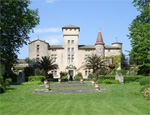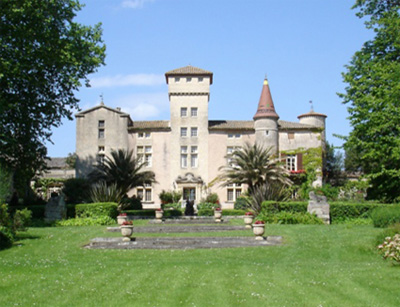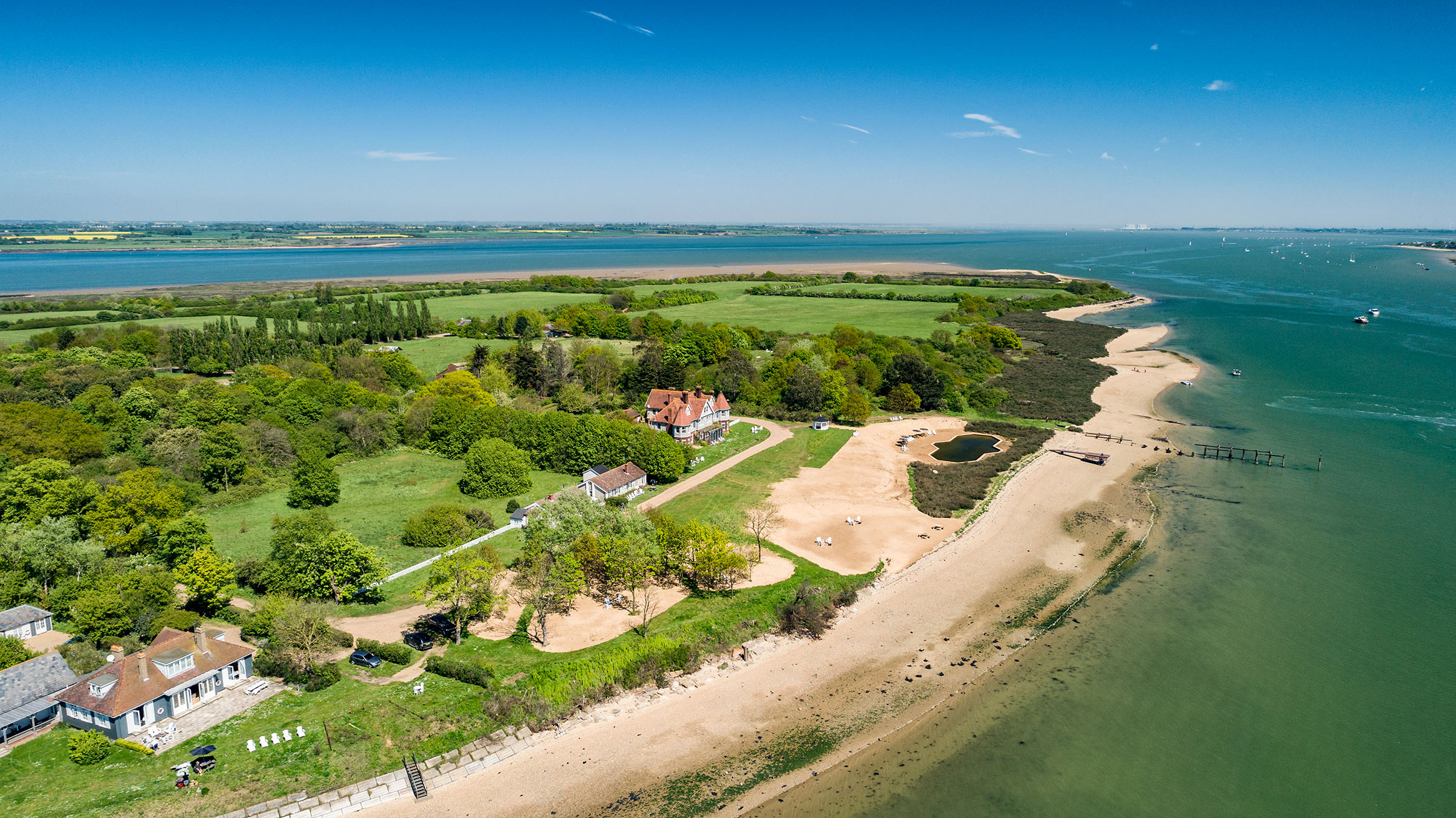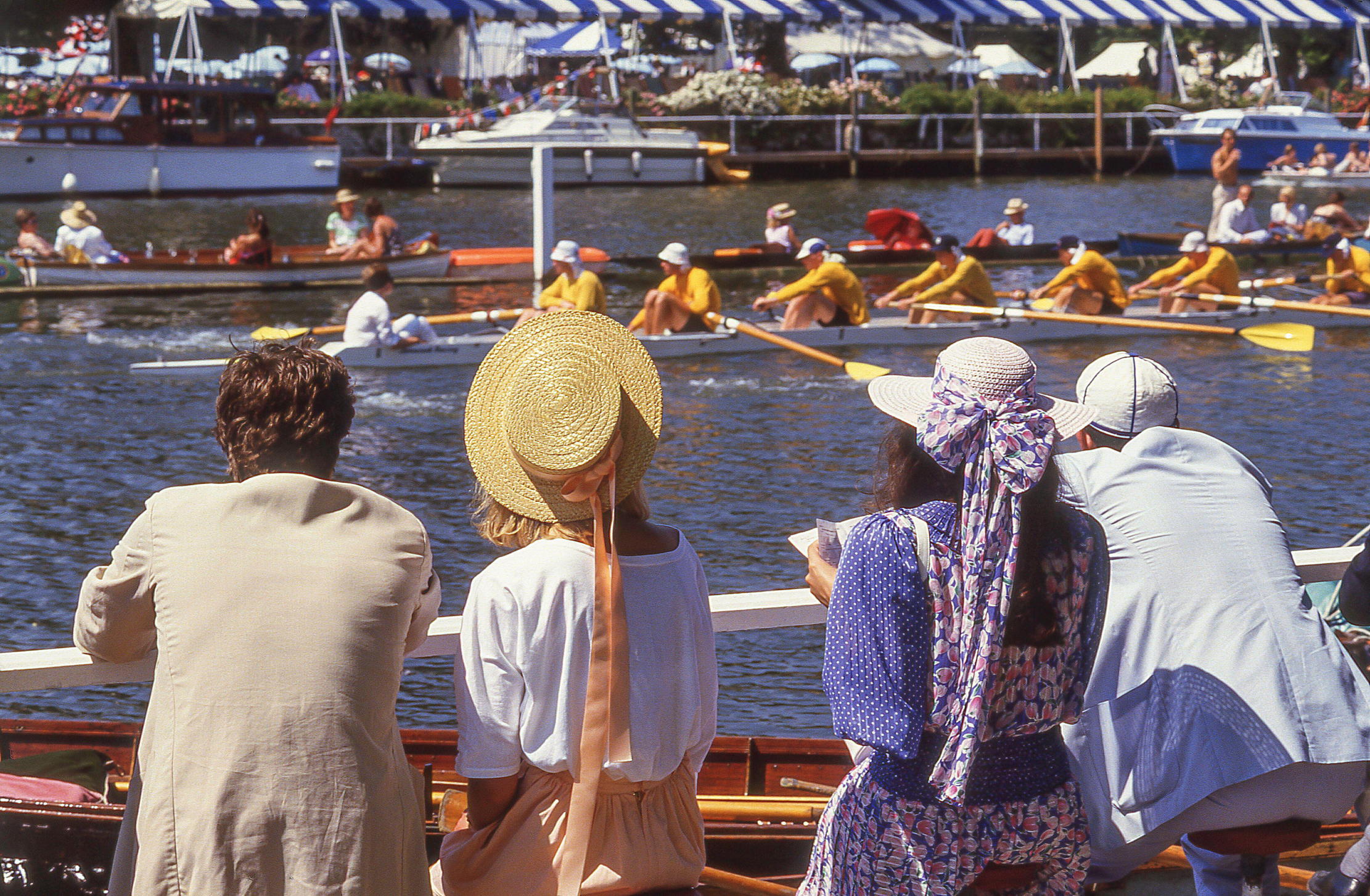Languedoc chateau with vineyard
This exceptional chateau in the Languedoc has history over many centuries and comes with a vineyard of 75 hectares


Originally the site of a 16th century chateau, but rebuilt in the 19th century, this outstanding French property offers some of the best of life in the Languedoc. Offering more than 800sq m of living space over three floors, there are period features throughout from the 12th, 16th and 18th century.
Beautiful vaulted reception rooms come with fireplaces and light-filled windows while the 17th century staircase offers access to the handsome en-suite bedrooms.
Outside is an historic roman chapel from the 9th or 10th century, while the castle overlooks parkland of three hectares planted with bicentennial trees and decorated with fountains and ponds. The grounds also offer a swimming pool with its own pool house.

* Country Life Summer Subscriptions Sale - Save £55 a year!
A caretaker's house and a manager's house provide additional accommodation and numerous stone sheds house the farm machinery. There is a winery and a vineyard of 75 hectares as well as a barrel cellar and a storage cellar for wines awaiting collection. The grounds come to 165 hectares overall.
The motorway is just 15 minutes drive and there is very good access to Montpelier airport from the house.
This is an wonderful, historic property offering a perfect environment in the Languedoc for a property buyer who wants a real slice of France.
Sign up for the Country Life Newsletter
Exquisite houses, the beauty of Nature, and how to get the most from your life, straight to your inbox.
The guide price is £8,644,900. For further information please contact Savills on 0207 016 3740 or visit http://internationalsearch.savills.co.uk/.
* Follow Country Life Property on Twitter
-
 380 acres and 90 bedrooms on the £25m private island being sold by one of Britain's top music producers
380 acres and 90 bedrooms on the £25m private island being sold by one of Britain's top music producersStormzy, Rihanna and the Rolling Stones are just a part of the story at Osea Island, a dot on the map in the seas off Essex.
By Lotte Brundle Published
-
 'A delicious chance to step back in time and bask in the best of Britain': An insider's guide to The Season
'A delicious chance to step back in time and bask in the best of Britain': An insider's guide to The SeasonHere's how to navigate this summer's top events in style, from those who know best.
By Madeleine Silver Published
